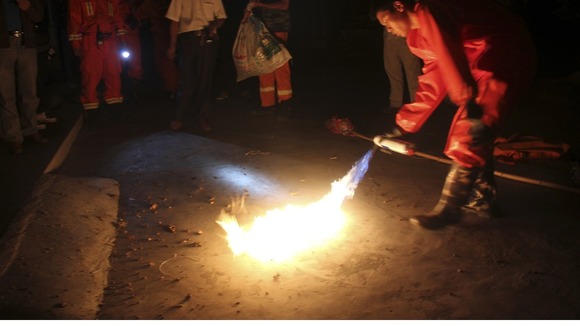
More than 40 people have been killed and and 1,640 people seriously injured by a deadly attack of giant, vicious hornets in the Shaanxi province of central China. At least 37 of the injured are in a critical condition, according to local government officials.
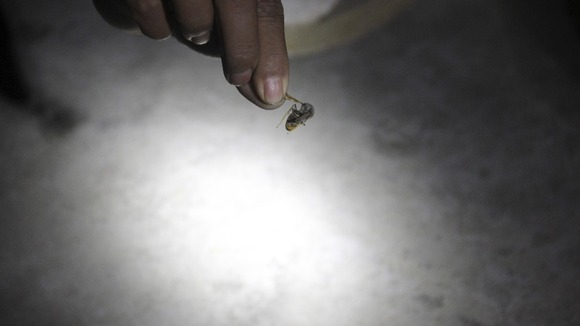
Firefighters are being mobilised to find and remove the nests, as the ferocity of the attacks has bewildered health officials and local authorities.
Victims have been left with large, deep craters on their skin the size of coins, and have described terrifying ordeals of being chased by swarms for up to 200 metres.
Watch: Chinese station CCTV show pictures of victims of deadly hornets
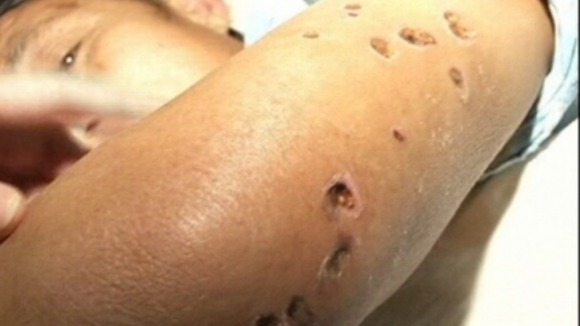
One victim told local media "the more you run, the more they want to chase you."
The authorities believe the main culprit is the Asian giant hornet, or Vespa Mandarina, which grows up to 5cm long, and has a 6mm sting.
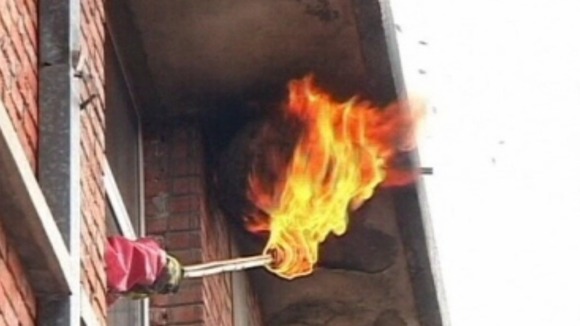
One victim told Chinese state news agency Xinhua she has spent two months in hospital undergoing dialysis since her attack. She has had 200 stitches in her legs, after being caught by a warm of the deadly insects. She said:
The hornets were horrifying. They hit right at my head and covered my legs. All of a sudden I was stung and I couldn't move.
Even now, my legs are covered with sting holes.
The provincial government says it has mobilized a special medic team and trained more medical personnel to treat victims.
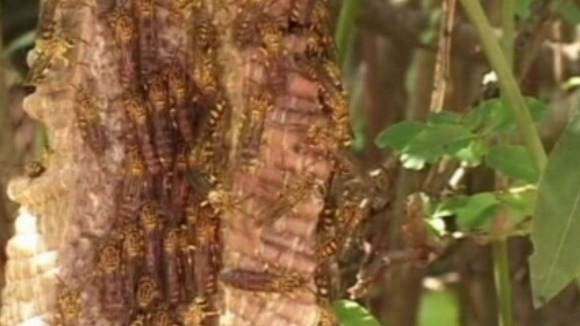
As to the reason for the viciousness, they said hornets mate and migrate during September and October when they are most aggressive in behaviour. Officials speculated that recent weather changes may have contributed to the ferocity of the attacks.
No hay comentarios:
Publicar un comentario